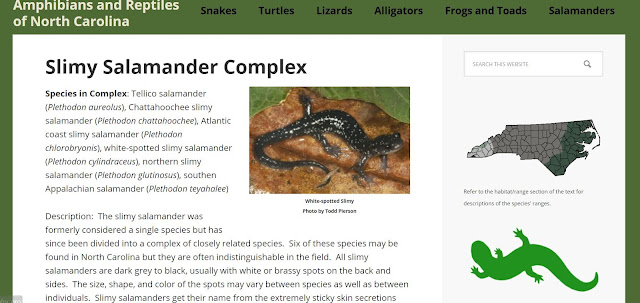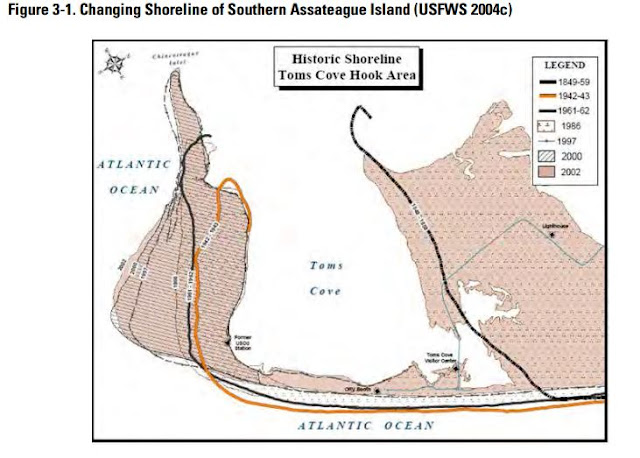Call of the Wild: Soundscapes

Soundscapes of Summer This is for all the nature-loving, outdoor camping, backyard exploring, curiosity-driven, children of summer. The art of listening to the sounds of nature can soothe the soul, but identifying those sounds can put to rest the fears of those who are frightened by what may be lurking in the shadows. Amphibians and Reptiles of North Caroline website, herpsofnc.org , is a colorful and user-friendly website that can help the novice as well as the intermediate nature lover conquer their fear of the wild and appreciate the sights and sounds of their natural environment. The young and young at heart will find it easy to navigate the simple and prominent page headings. The layout of the homepage is unencumbered by graphics, chart, forms, and small writing. The automatic slideshow that begins once you land on the page shows a picture of the animal that would best fit into each one of the headings on the...


